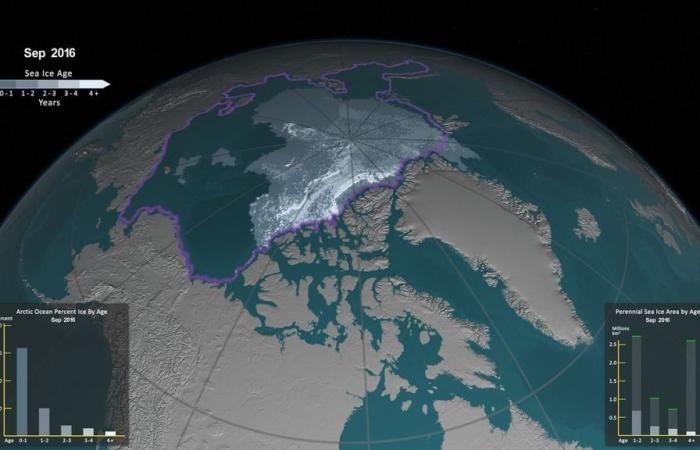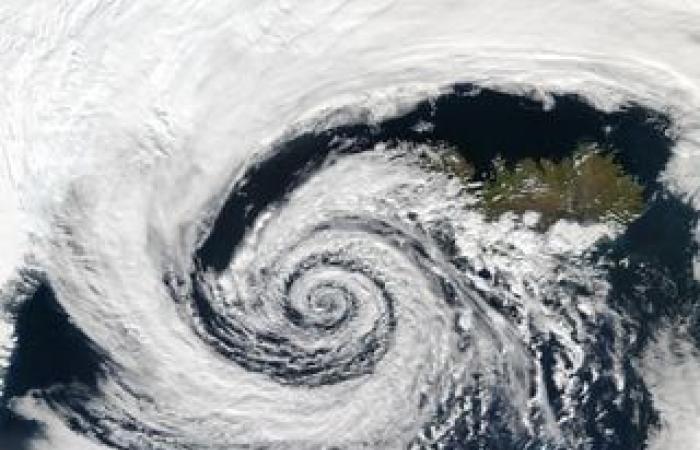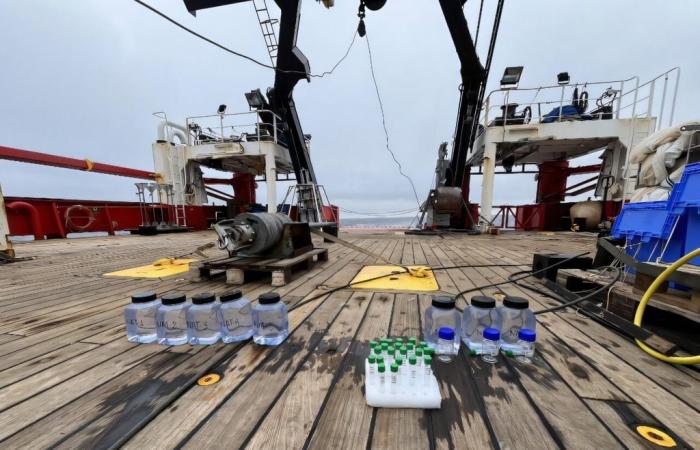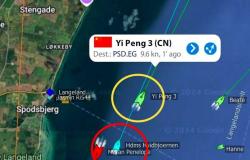The international BIOCAL expedition, led by the Institute of Environmental Sciences and Technologies of the Autonomous University of Barcelona (ICTA-UAB), has provided new evidence the phenomenon of “Atlantification” of the Arctic Ocean, a process linked to climate change which involves the gradual invasion of Atlantic waters into the Arctic Polar Ocean.
The “Atlantification” of the Arctic: increasing development and its impacts
The campaign made it possible to collect samples in order to study the evolution of marine biodiversity through the analysis of calcifying planktonic organisms. Calcifying planktonic organisms contribute to the regulation of atmospheric CO2 and seawater chemistry. These organisms form calcium carbonate shells and are particularly sensitive to ocean acidification and climate change.
In August and September, the oceanographic research vessel Sarmiento de Gamboa sailed from Vigo (Spain) to Reykjavik (Iceland), after sampling the Azores (subtropical) and Svalbard (polar) archipelagos, and analyzing the North Atlantic and South Arctic oceans.
During this journey, water and sediment samples were taken and in situ experiments were carried out to assess marine biodiversity and biogeography, as well as their role in the carbon cycle, with particular attention to calcifying plankton. Research carried out in regions of different latitudes, from the warmest parts of the Atlantic to the coldest waters of the Arctic, allowed the scientific team to collect evidence of the impact of “Atlantification” on the physicochemical characteristics of water and pelagic ecosystems.
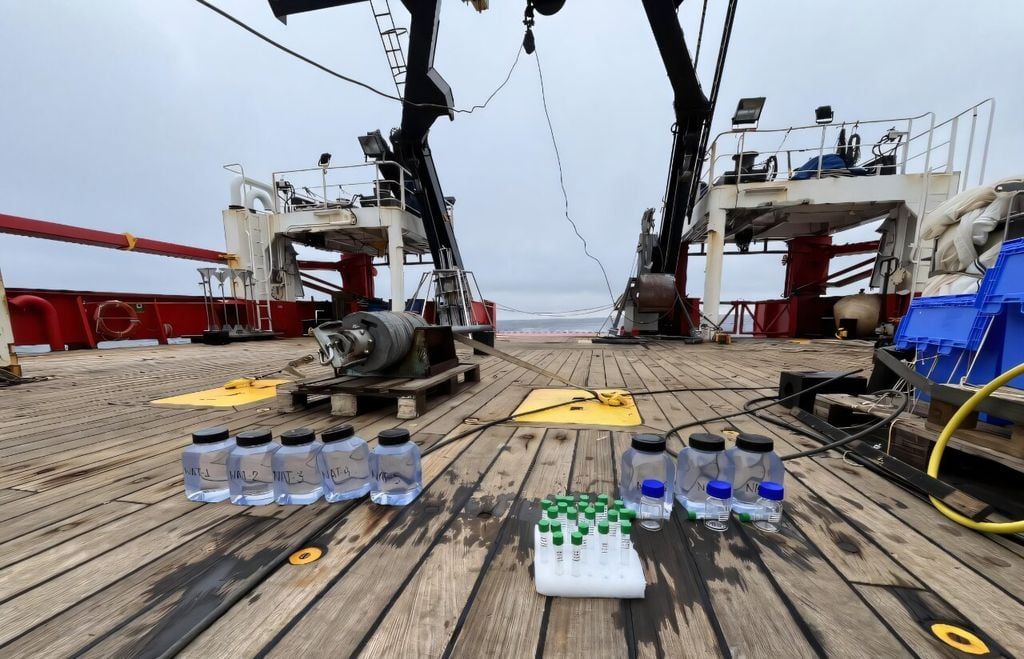
“The intrusion of Atlantic waters transforms the Arctic into an increasingly warm and less and less salty ocean due to accelerated melting. In addition, this intrusion is rapidly modifying marine ecosystems and the distribution of Arctic species,” explains Patrizia Ziveri, oceanographer at ICTA-UAB and scientific manager of the campaign.
This phenomenon modifies primary and secondary productivity and allows species from more temperate latitudes to extend their habitat northwards, generating food competition and predation on Arctic species.
Ever warmer temperatures
In the Svalbard archipelago, scientists observed calcifying plankton species of coccolithophores, shelled pteropods and foraminifera (the three main calcifying groups) at the edge of their usual geographic range, as well as surface temperatures higher than the 22-year average in August and September. The vast area surveyed during the campaign, from subtropics to polar regions, allowed scientists to observe the global imprint of climate change on the biogeography of the most common calcifying plankton species.
This project is based on the evidence that the loss of marine biodiversity represents one of the greatest threats to the oceans, but most knowledge comes from macro-groups and large animals.
Anthropogenic climate change and environmental degradation are producing alarming effects such as warming, acidification, stratification and deoxygenation of the oceans, which affect both small plankton and fish.
Provided by the Autonomous University of Barcelona.

